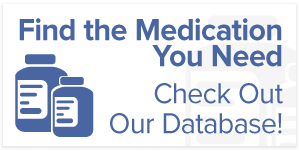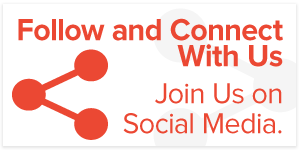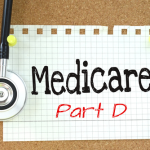6 Common Misconceptions About Prescription Assistance Programs
Prescription Assistance Programs, or PAPs, are meant to assist those who can’t afford medication. They generally include those who are underinsured or have no insurance. However, there are several misconceptions about prescription assistance programs that can prevent people from seeking the assistance they need. Read on to learn what they are!
6 Common Misconceptions About Prescription Assistance Programs
Misconception #1: Prescription Assistance Programs Are Only for People Without Insurance
While PAPs can help uninsured individuals, they are not limited to them. Many PAPs are designed to assist both uninsured and underinsured individuals. PAPs can help bridge the financial gap for those struggling with affording medications, regardless of insurance status.
Misconception #2: Prescription Assistance Programs Are Hard to Qualify For
The eligibility criteria for prescription assistance programs vary depending on the program and the specific medications. Some programs may have income or residency requirements, whereas others are more inclusive, having broader eligibility criteria.
However, most of the programs are designed to assist low-income individuals who struggle to afford medications.
Misconception #3: Prescription Assistance Programs Are Only for Low-Income Individuals
Most prescription assistance organizations focus on helping low-income individuals. However, some also cater to a range of income levels. Each program has its own eligibility requirements. Some may consider factors beyond income, such as medical necessity or health conditions. PAPs aim to help individuals facing financial challenges accessing their prescribed medications, regardless of income level.
Misconception #4: Prescription Assistance Programs Are Limited to a Few Medications
Prescription assistance programs generally cover various medications, including generic and brand-name drugs. Government agencies, pharmaceuticals, and non-profits often sponsor these programs.
These institutions aim to offer assistance with various medications for different health conditions. PAPs also provide support for chronic conditions, rare diseases, mental health medications, and more.
Misconception #5: Prescription Assistance Programs Are Time-Consuming and Require Extensive Paperwork
While it is true that some application processes require documentation, many PAPs have simplified their procedures. Thus, making it easier for individuals to access medication assistance. Moreover, online applications, dedicated helplines, and streamlined processes have been implemented to minimize paperwork and reduce the burden on applicants.
Additionally, healthcare providers and social workers often assist individuals in navigating the application process and providing the necessary information.

Misconception #6: Prescription Assistance Programs May Suddenly Stop Providing Assistance
Prescription assistance programs are committed to helping individuals access their medications consistently. These programs are established with the sole purpose of providing continuous support.
Moreover, they are extremely sensitive to the medical needs of individuals and ensure they can access them when needed. However, it is still important to stay updated with any changes in the program. Checking the website, signing up for alerts, and contacting program representatives ensures you have access to up-to-date information.
Final Word
Are you searching for the best prescription assistance organization in Florida? Look no further than Advocate My Meds. They aim to provide access to financial assistance to fill prescriptions to patients to ensure they have access to the medication they need. Contact them today to learn more about their services.







